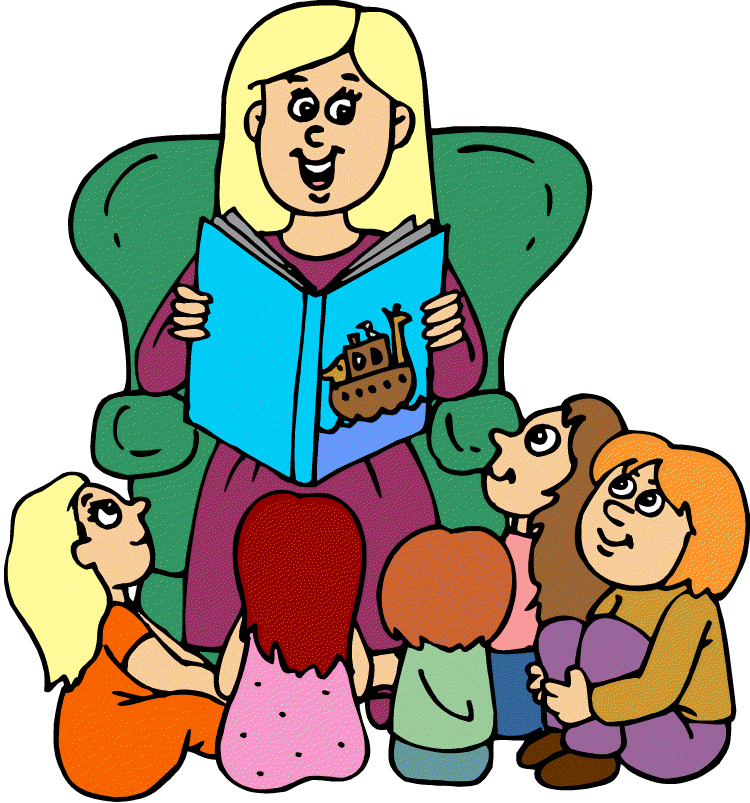The next article The schools we have. The schools we need by Allington puts a mirror on the current school system and begs the question, "How do we make things better?" It is important to remember that ALL students have the ability to learn, not just those with great family support or high-tech schools. We teachers are the tools that unlock our students' minds. In order to effectively teach, you must effectively reach your students. For my classroom I will use individualized lesson plans to make sure every student is "getting" the lesson, not just the gifted. It is important to enable EVERYONE the ability to master a lesson, not just the "star students." For me, I want a classroom where everyone knows their strengths, and that everyone has something they're good at, not just the "gifted" students. My job is to inspire all students to learn.
In Chapter 12 of Classrooms that Work solidified everything we've discussed this semester in class very creatively. It modeled what our literary-filled classroom would look like, and the activities that would probably be present throughout the day. As charming as this chapter was, it was also very helpful and made me less apprehensive on how to effectively teach my students literacy skills. Personally, my favorite piece was the end-of-the-day activities, since that's a time so many teachers dread. With fun-filled activities, my classroom will be less likely to get crazy, and my students will squeeze in a little more learning. I love it!
Here are some closing questions for you:
- What sorts of methods would you all use in your classrooms?
- How would you make your classroom lessons?
- What did you like about Chapter 12?
























